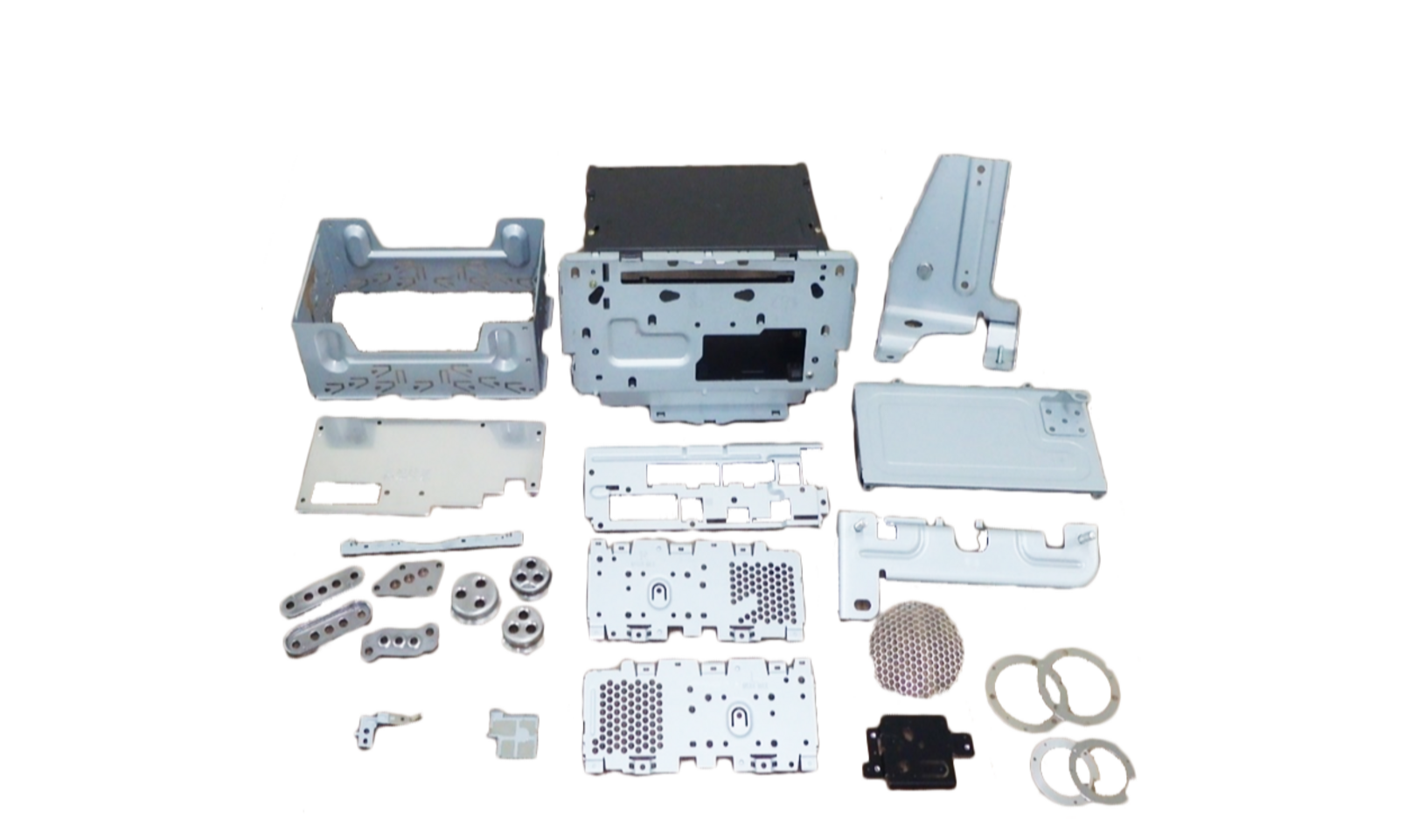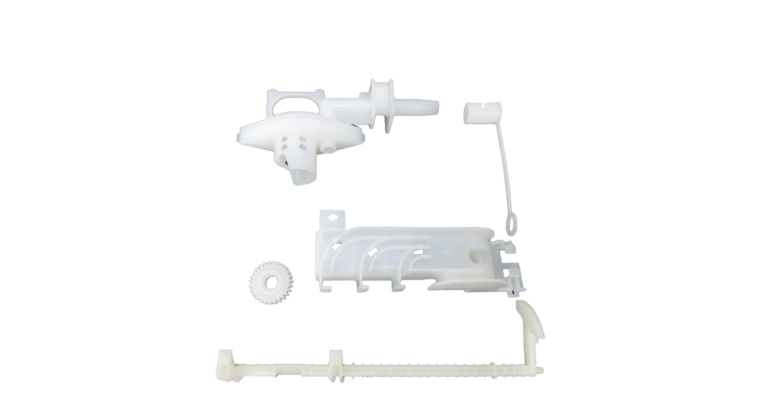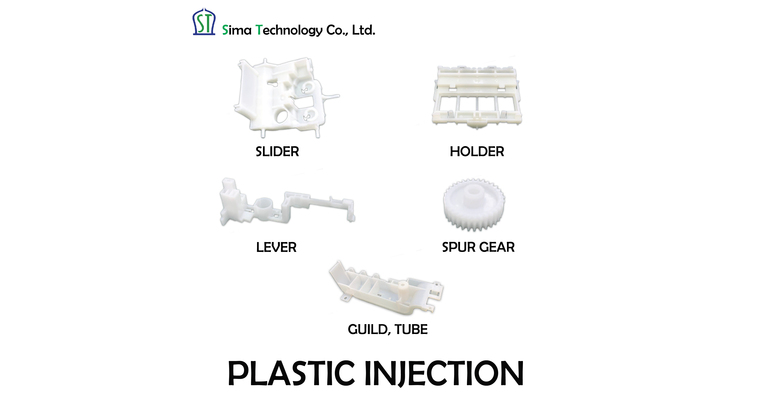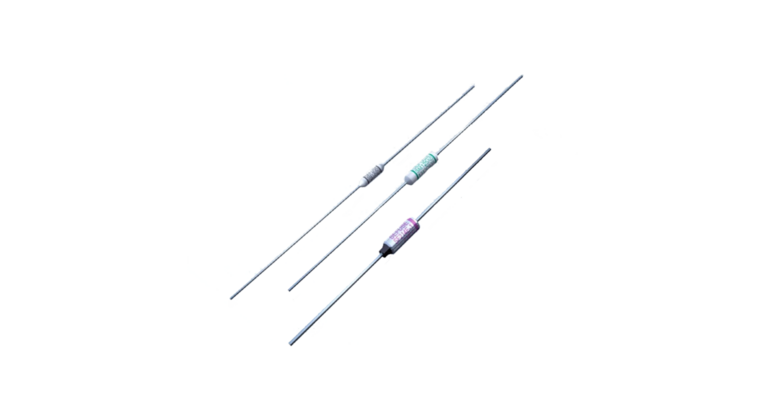PRODUCTS
Technology / Product Information
Precision Metal Stamping in Thailand | 10–300 Tons for Medical & High-Precision Components
Technology / product information
✨ Key Takeaways
• 61 stamping machines from 10–300 tons for Medical & Precision applications
• 24 Progressive presses + 16 Robot Press units for stable ±as-designed accuracy
• Supports thin & complex parts: Chassis, Holder, Frame, Eyelet
• Quality control with CMM & IM under ISO 13485
• Suitable for clean, stable, medical-grade metal components
ーーーーーーーーーーーーーーーーーーーーーーーーーーー
⚠️ Common Issues in Precision Stamping
Many factories face inconsistent hole dimensions, spring-back deformation, or unstable Progressive die performance during mass production. These issues often increase reject rates and overall costs, typically caused by incorrect tonnage selection, unstable press settings, or machines not suitable for high-volume continuous runs.
🔧 Stamping Capability of SIMA
SIMA operates 61 stamping machines from 10–300 tons, including:
• Single Shot (10–200t): 21 units
• Progressive Press (25–300t): 24 units
• Robot Press Line: 3 lines, 16 units
• 80t × 4
• 150t × 6
• 150t × 6
This capability supports thin-wall parts, deep-draw components, and low cycle-time production with stable robot handling.
🩺 Capability for Medical & Precision Components
The wide tonnage range allows SIMA to stamp small components as well as large chassis and frame structures while controlling material deformation. Key benefits include:
• Stable dimensional consistency across lots
• High uniformity even in multi-stage Progressive dies
• Suitable for thin-steel, high-hardness materials, and stainless steel
Supported parts:
• Chassis
• Holder / Bracket
• Eyelet (Deep Draw)
• Thin-frame structures
🔍 Quality Control under ISO 13485
To support Medical Device requirements, SIMA operates:
• CMM
• IM
• 2 dedicated cleaning machines
📌 Suitable Applications
• Medical metal parts requiring high cleanliness
• Precision stamping for Sensor Housings
• Small deep-draw eyelets
• Multi-hole chassis
• High-flatness frame components
⚙️ Comparison with General Stamping Factories
• Better for High-Mix + Tight-Tolerance production
• Robot Line reduces human error
• Cleaning + QC systems meet Medical grade
• 24 Progressive presses support continuous high-volume production
🤝 Trust (EEAT)
“According to Mr. Waranon, Expert Engineer at SIMA Technology, all stamping processes are controlled under ISO 13485 and verified using CMM and IM systems to ensure every part meets customer requirements.” [1][2]
📞 Contact for More Information
For more details on SIMA’s Precision Metal Stamping process,
please contact our Sales team or download the technical document below.
ーーーーーーーーーーーーーーーーーーーーーーーーーーー
❓ FAQ
Q1: Can SIMA stamp high-hardness stainless steel?
Yes. Proper tonnage selection enables stamping of high-hardness materials (10–300t).
Q2: Can SIMA support Clean-Requirement Medical Parts?
Yes. Supported by cleaning systems and ISO 13485 inspection.
Q3: How deep can SIMA perform Deep Draw?
Suitable for Eyelets and deep-drawn shapes using Robot Press and Single Shot.
---
🔗 Related Knowledge
• Basic Knowledge: https://prime.nc-net.com/98740/en/product/detail/223223
• Advance Knowledge: https://prime.nc-net.com/98740/en/product_others/detail_goods/27707
---
📚 Glossary
• Progressive Press – Multi-stage stamping process in one die
• Robot Press Line – Automated stamping using industrial robots
• Deep Draw – Forming metal into deep shapes
• CMM – High-precision coordinate measuring machine
• IM – Optical image-based measurement
Reference
[1] Process Capability & QC Report – SIMA Technology (2025) — Internal Validation
[2] ISO 13485: Medical Device QMS — International Organization for Standardization — https://www.iso.org
#PrecisionPress #MetalStampingThailand #SIMAtechnology #MedicalMetalParts #ProgressivePress #RobotPressLine #ISO13485 #HighPrecisionStamping #DeepDraw #MuramotoGroup
Updated: 2025-11-13
CONTACT
Inquiry



